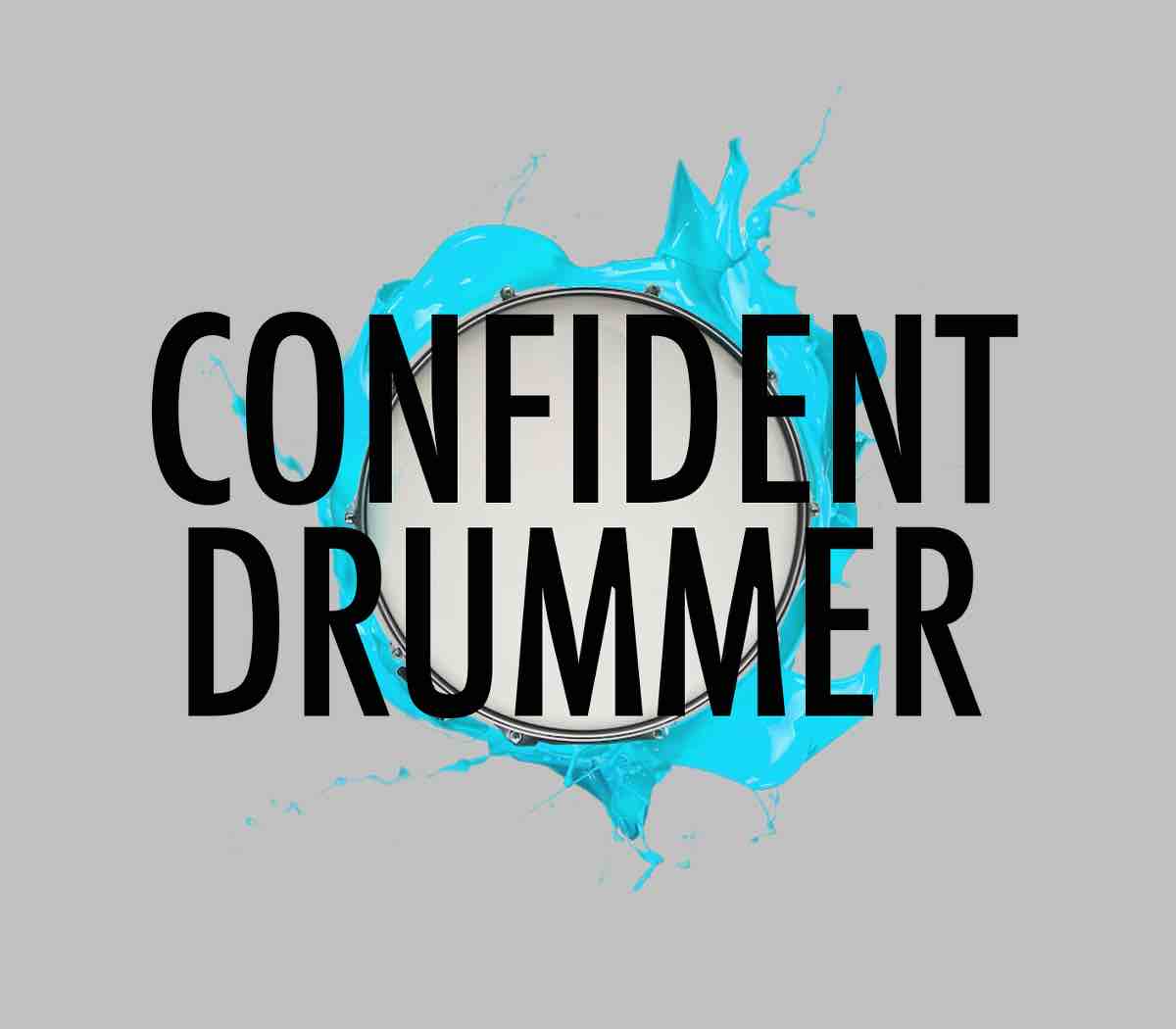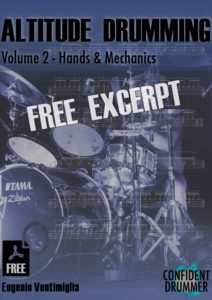There are many different approaches to study drumming hand technique. However, I believe it’s crucial to start with a very important distinction: the difference between technique and mechanics of movement.
Generally speaking, drum technique is the set of tools that allow us to play. On the other hand, mechanics of movement involve the fundamental motions that underlie those tools and make them work.
In other words, technique is about the notes we play, while mechanics of movement are about what we do to play them. Therefore, while the former refers mainly to the ‘what’, rudiments, rolls, accents and stickings, the latter focuses on the ‘how’, which entails the methods that are necessary to perform strokes, motions, phrases and any combination of these, with great relaxation, sound, accuracy, feel, fluidity and timing.
To be good drummers we need to know how a Full Stroke works, how to control rebound and how the wrist interacts with the fingers and the arm to produce a stroke.
Focusing on the ‘how’ has always been the secret of all great drummers. (Here is an article about this absolutely paramount concept, if you like).
So, I wanted to write a method that included both aspects, the ‘what’ and the ‘how’, to help drummers of all levels take their hand skills to another level.
I have tried to boil down all the most important drum techniques, that we all need to know, and also to explore in detail the methods and processes that allow us to master the mechanics of movement.
It comes very handy to have everything we need organized in one place, so that when we want to work on these topics, clarify a technique, understand an element we never investigated, or just do some technique maintenance, all we have to do is quickly find the exercises we need and start working immediately.
I organized the book in sections, one for each main topic, so that you are guided step by step through the most effective course of action:
– Sound: it all starts with a drum sitting in front of us. Before we do anything else, we need to know how to pull a great sound out of it. If you are curios about ways to develop your sound you can read also this article.
– Hand Techniques Explained: Fulcrum, Grip, Wrist, Free/Full/Down/Tap/Up Strokes, Moeller method, Push/Pull Technique, Double Strokes, Rebound control, Finger control, Stick control… as you can tell it all revolves around control ;). I also share a great technique to play perfect doubles on any surface, no matter what the rebound.
– A modern approach to Rudiments: Workouts, Dynamics, Rhythmic Progressions, Orchestrations, Combinations and Solos. Not only they help our technique immensely, rudiments are also the most musical thing when we use them wisely.
– Accents and Phrasing: alternating hands phrasing is extremely powerful when studied with this approach, isolating each position, and then creating original arrangements that allow us to be effective with our hands all around the drum set and not just on the Snare.
– Hands Independence, Coordination and Symmetry: have you ever tried to play perfect unisons between the hands? In these chapters we also work on strengthening the weaker hand, something virtually all drummers struggle with.
– Fluid Mechanics: this is the section that puts it all together. And yes, it’s where things get hard. But it’s also where we transform our muscle memory into the most valuable and reliable technical asset we have, for a lifetime. By the way, click here if you need ideas about how to handle a difficult study.
– Brushes: our hand technique is not complete if we don’t take into account all the beater options available, and the amazing world of brushes is definitely one of them.
In total it’s more than 140 pages and 2 hours of videos, and I’m sure in it you are going to find all you need to sharpen your hand technique once and for all.
In this free excerpt I’d like to share with you 24 examples that you can benefit from immediately, and that will give you an idea of how much fun it can be studying hand mechanics. And also how quickly you can improve and even rebuild them from the ground up!
You can download it here:
The transcription of all exercises, as well as the table of contents of the method, is included in this 15 page PDF.
Each example is linked to its video demo, which you can access by clicking on the transcription. If you want to check out the whole 8 minute video demo on YouTube, click HERE.
To find out more and to buy the method you can visit the dedicated page here:
‘Hands & Mechanics’ – Altitude Drumming – Volume 2



















